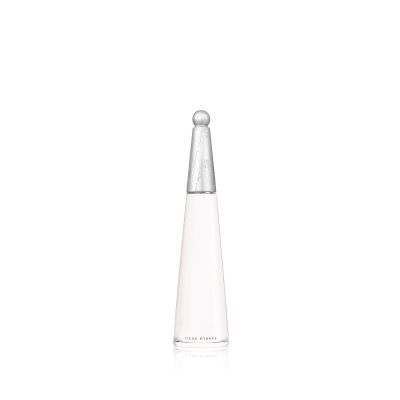WITH A FIERCE presence in the ballroom scene, Diego Miyake Mugler has captivated audiences worldwide, winning HBO Max’s Legendary season 2 and solidifying his status as a legendary voguer—a highly stylized, modern dance originating that evolved from the ’60s Harlem ballroom scene. After nearly two decades of competing and voguing, Miyake Mugler’s now making a name for himself in a different competitive scene: bodybuilding.
The 36-year-old proudly identifies as “super, super gay,” and while there’s always been an overlap between gay culture and bodybuilding for obvious reasons (i.e., muscular, half-naked, oiled-up men flexing), the men out as competitive bodybuilders haven’t always been accepted with open arms.
Grindr has a new educational series on YouTube called Daddy Lessons, where they explore gay historical topics, and recently, the company made a short delving into the origins of the intersection of gay identity, culture, and bodybuilding. “Its history starts with a physical fitness explosion in the 1940s and 50s. Around the same time, Bob Mizer’s Physique Pictorial and Irvin Johnson’s Tomorrow Man clearly targeted a gay audience with photos that were more about homoeroticism than athleticism. They were small enough to discreetly fit into a jacket pocket.”
Still, that doesn’t mean that the bodybuilding world was a “safe” place to be out as a gay man. “In 1989, bodybuilder Bob Paris became the world’s first male professional athlete to come out while still an active competitor in his sport. Paris was denied Mr. Olympia because he was openly gay.”
To learn more about the state of bodybuilding for gay men, we chatted with Miyake Mugler to learn what it’s like to be openly gay in the bodybuilding world today—and how he’s inspiring a new generation of bodybuilders to embrace their true selves.
MEN’S HEALTH: Tell me about your childhood. What was it like growing up as a gay man in the South?
DIEGO MIYAKE MUGLER: I grew up in Greensboro, North Carolina, as the oldest of four boys. It was difficult because I knew I was gay at a young age, but I didn’t want to disappoint my family—they wanted me to play basketball. I tried, but I just got bored with it.
Still, I was pretty athletic and had a passion for dancing. I watched music videos and tried to learn dance moves. Then, at around 16, I discovered the ballroom scene. I went to a ball one night and didn’t get home until 8 a.m. the next day. My mom asked where I’d been, but I didn’t tell her the truth. I started sneaking out frequently, trying to find myself, and I found a community that welcomed me with open arms—people like me, because I was so closeted growing up.
MH: How did it feel finding a queer community in the ballroom scene?
DMM: They showed me the ropes, and I immediately became obsessed with voguing. It was a way to express myself through movement. In 2008, I moved to NYC to be part of the ballroom scene and model. A couple of years later, my manager suggested I come to the gym with him. I started getting more into fitness then. Still, I didn’t want to put on too much muscle—I wanted to stay feminine on stage.
MH: Are you still voguing and doing ballroom, or have you shifted more towards bodybuilding, since it seems challenging to maintain a body for both?
DMM: In 2013 and 2014, I got really into working out. I had already been working out for a couple of years, but I really fell in love with it in 2013 when I started to see the results of working out efficiently with trainers, lifting heavier

